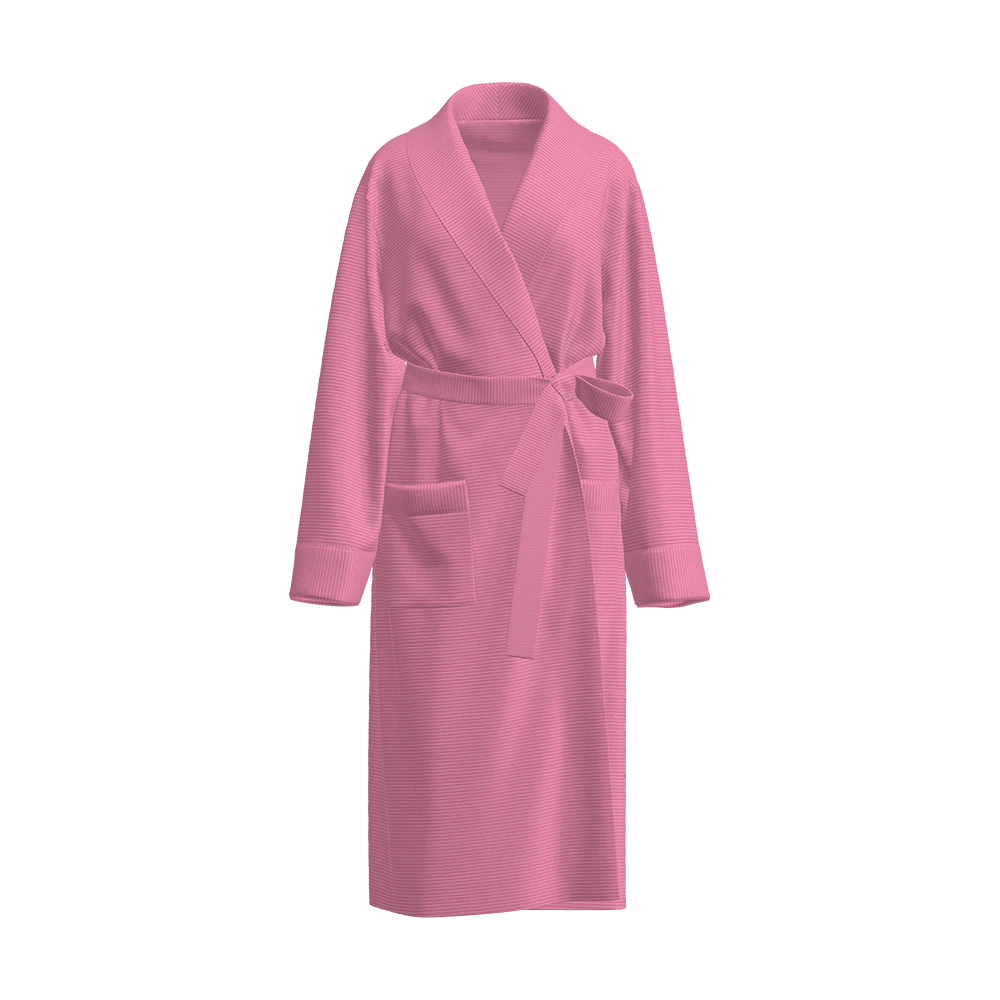
How does C/T/S needle drop velvet achieve organic interaction of dynamic touch?
In the field of textile material innovation, the fine control of tactile feedback has always been a very challenging topic. The breakthrough contribution of C/T/S needle drop velvet fabric lies in its successful simulation of the dynamic response mechanism of organic life interacting with the outside world, making static fabrics present rare tactile interactivity. This characteristic is not an accidental byproduct of the process, but a precision tactile engineering achieved through the synergy of fiber structure, weaving techniques and finishing processes.
Traditional velvet fabrics often pursue a smooth touch in a single direction, and the arrangement of its surface fibers is highly consistent, resulting in a lack of hierarchy in the tactile experience. C/T/S needle drop velvet uses asymmetric fiber implantation technology to form a microscopic gradient structure on each square centimeter of velvet. When the finger is in static contact, the longer surface fibers respond first, producing a smooth feeling similar to silk; when lateral pressure is applied, the fibers with special curl in the middle layer begin to participate in the interaction, providing soft buffering resistance through elastic deformation; and when touching in the reverse direction, the roots of the fibers that have been directional sanded will produce subtle vibration friction, which is transformed into a pleasant and warm touch. The subtlety of this three-stage tactile response is that it perfectly reproduces the progressive feedback mode of biological tissues to external stimuli.
The realization of dynamic touch also depends on the unique "drop needle" weaving process. This process is a breakthrough in implanting yarns of different deniers into the base fabric according to a preset ratio to form a three-dimensional tuft structure with a memory effect. These tufts are not mechanically arranged vertically, but are distributed at a natural inclination of 15-20 degrees. When the direction of the external force is consistent with the inclination of the tuft, the fibers fall down and the touch is smooth and unobstructed; when the direction of the external force is opposite, a controllable entanglement effect is generated between the fibers, and the tactile resistance increases linearly. This bionic design is reminiscent of the self-protection mechanism of animal hair - it can be smooth when stroked in the same direction, and maintain moderate fluffyness when touched against the direction.
What is more noteworthy is the intelligent regulation of temperature conduction by the fabric. C/T/S needle drop velvet uses hollow special-shaped cross-section fibers, and its internal air layer forms a unique thermal buffer system. During static contact, the fiber quickly conducts body temperature to create a skin-friendly warmth; while during dynamic friction, the turbulent effect of the air layer delays heat accumulation and avoids uncomfortable heat. This microclimate management ability that automatically adjusts with the contact state enables the fabric to transcend the physical limitations of traditional textiles and approach the environmental adaptability of living tissues.
From the perspective of cognitive science, this dynamic touch successfully activates the human tactile memory mechanism. The skin nerves will produce adaptive inhibition to continuous and uniform stimulation, and the variable tactile feedback provided by C/T/S needle drop velvet just breaks through the adaptation threshold of the nervous system. Its smooth-resistance-warm tactile change curve is neurologically isomorphic to the caressing experience in human social contact, which explains why the wearer will unconsciously develop emotional attachment. This deep psychological connection sublimates functional textiles into a life partner with emotional value.
In the context of industrialized production, the batch replication of this fine touch can be called a manufacturing miracle. Each batch of fabrics must pass a professional tactile evaluation system to ensure that the dynamic friction coefficient is controlled in the ideal range of 0.28-0.35 - it can maintain sufficient tactile interest without causing fatigue due to excessive resistance. This strict control of tactile parameters reflects the perfect fusion of engineering aesthetics and sensory science.
Contemporary textile technology is shifting from macroscopic physical performance competition to microscopic sensory experience innovation. The milestone significance of C/T/S needle drop velvet lies in the fact that it systematically transforms dynamic tactile design theory into industrialized products for the first time. Its success not only redefines the criteria for judging high-end fabrics, but more importantly, it inspires us: truly revolutionary material innovation should go beyond the functional scope of passive protection and actively establish a sensory dialogue with users. When fabrics can sense and respond to human touch like an organism, the relationship between people and objects enters a new era of interaction.
LATEST POST
Let’s create something amazing together
contact usDon't hesitate to contact when you need us!



 English
English 한국어
한국어 中文简体
中文简体

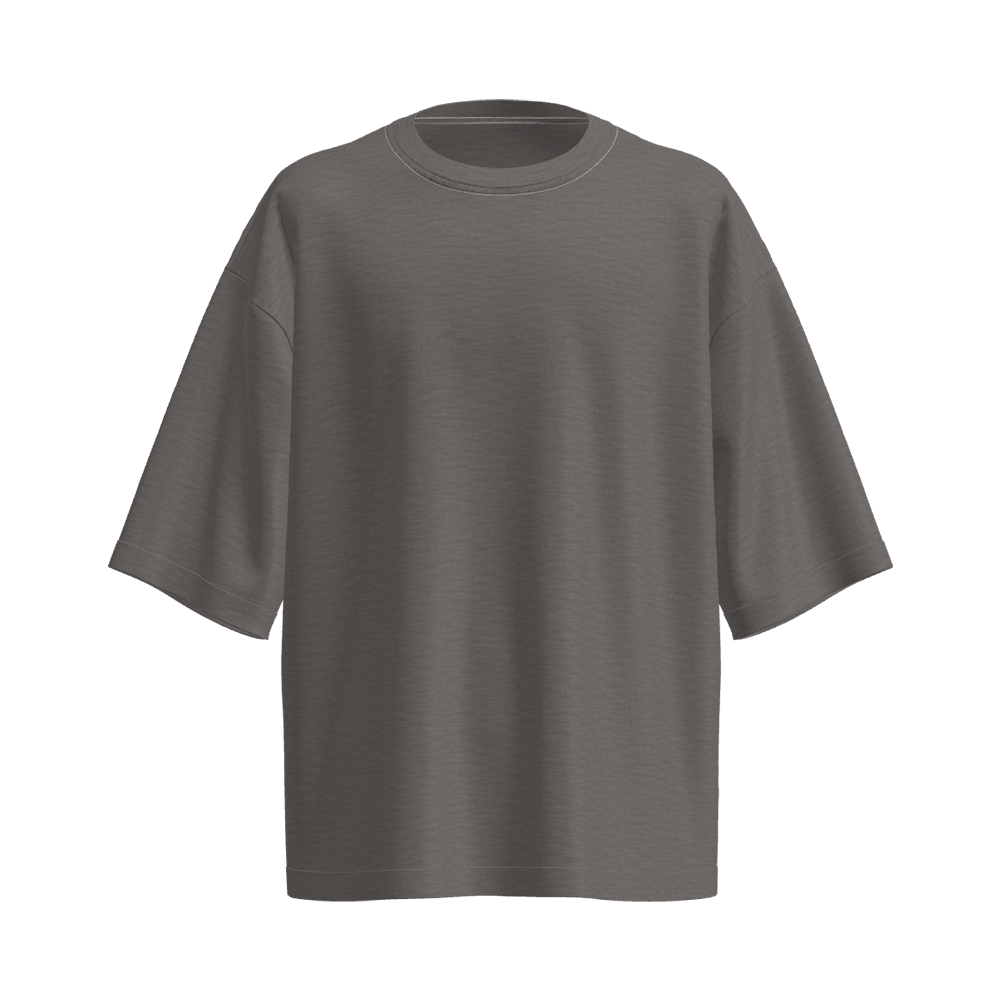
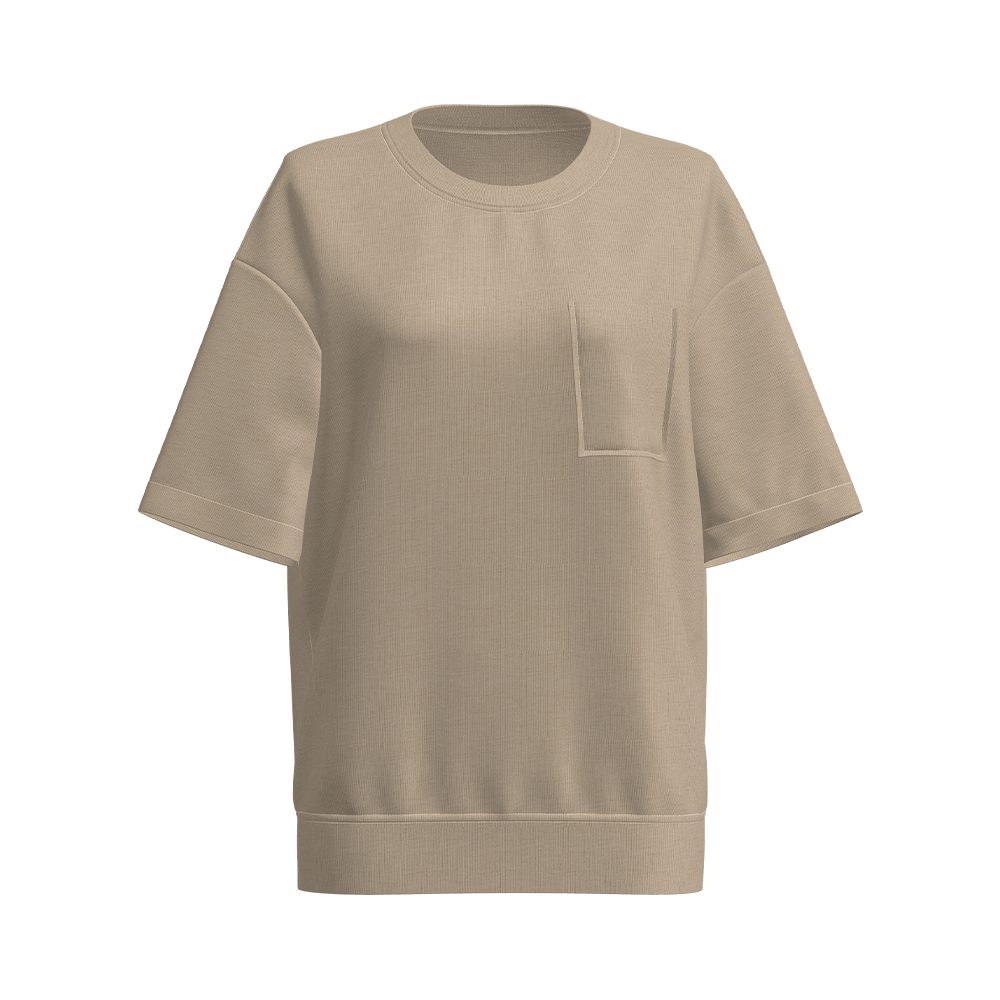
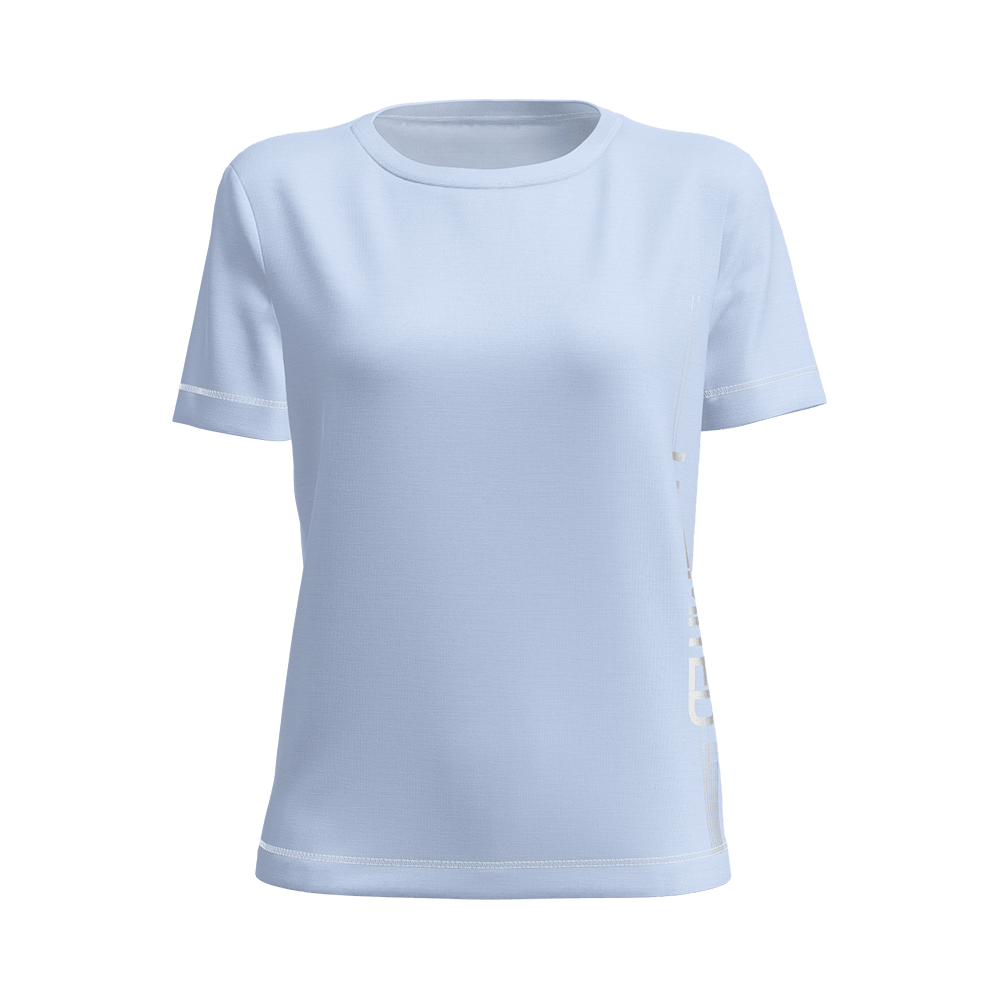
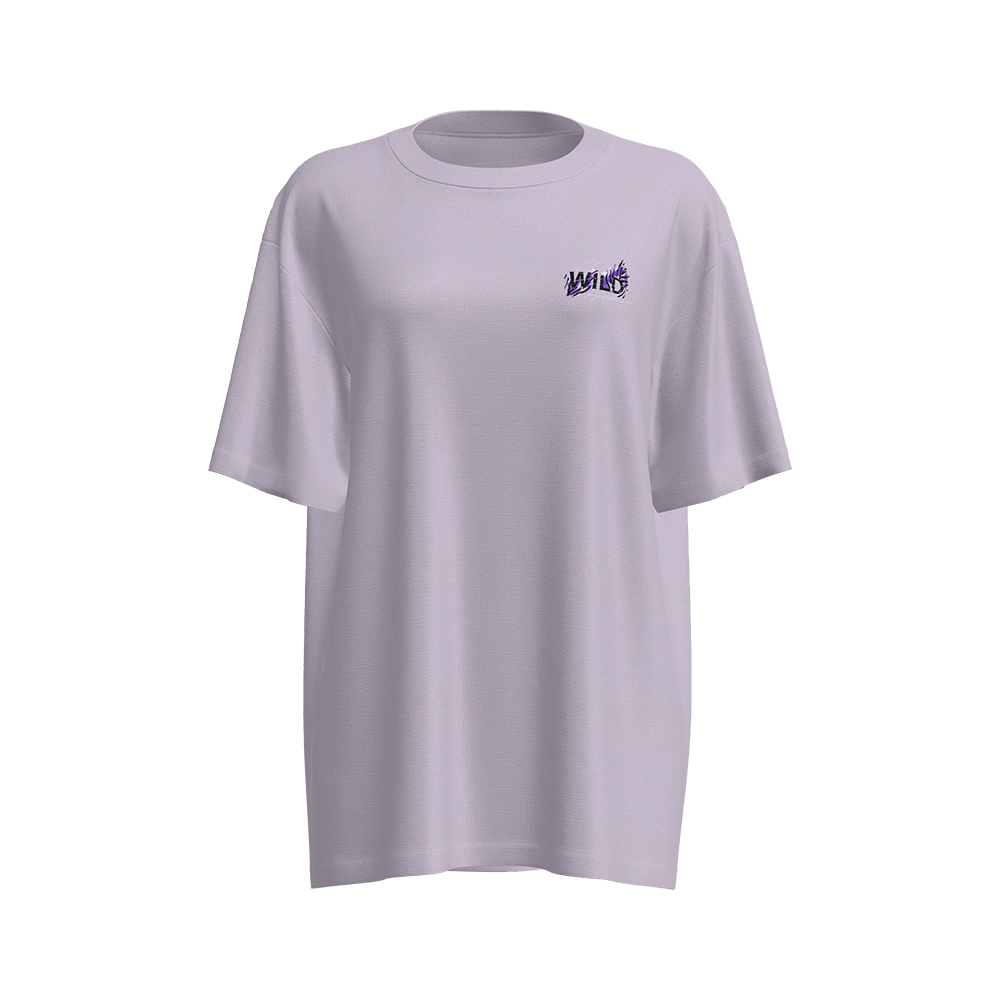
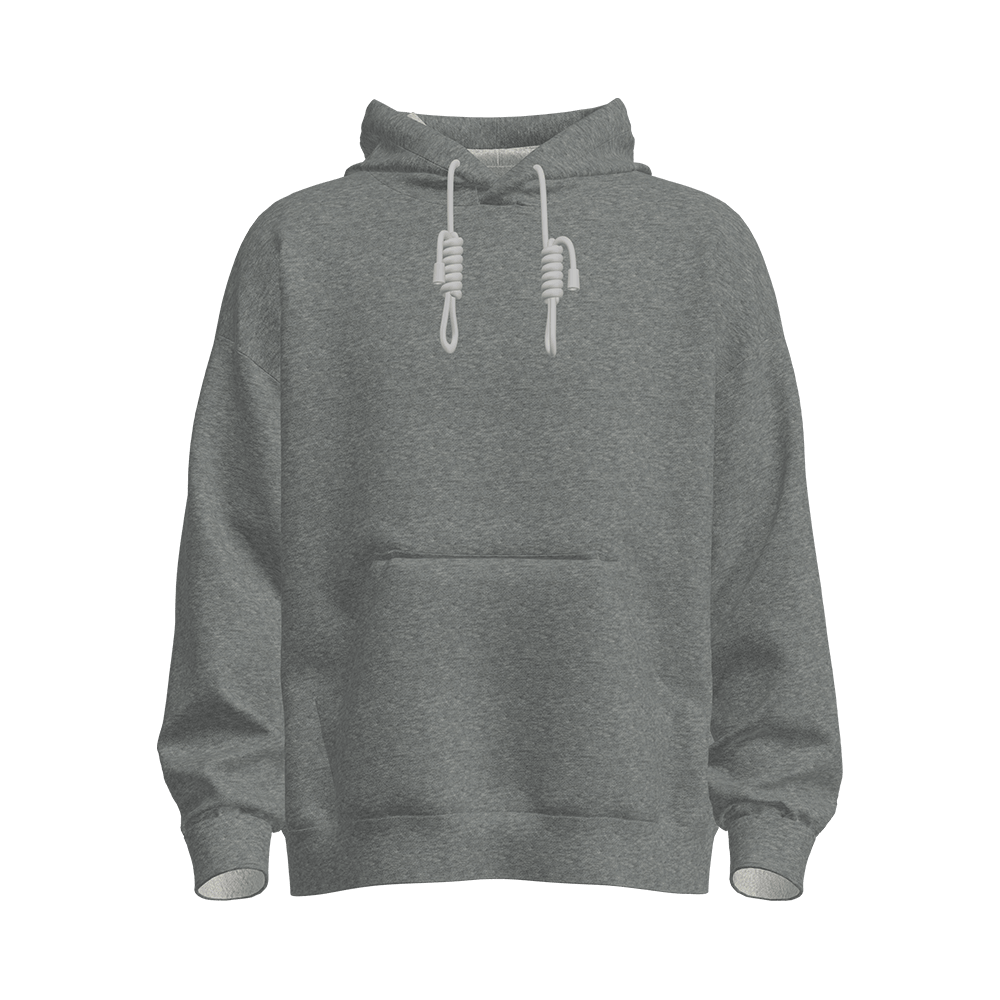
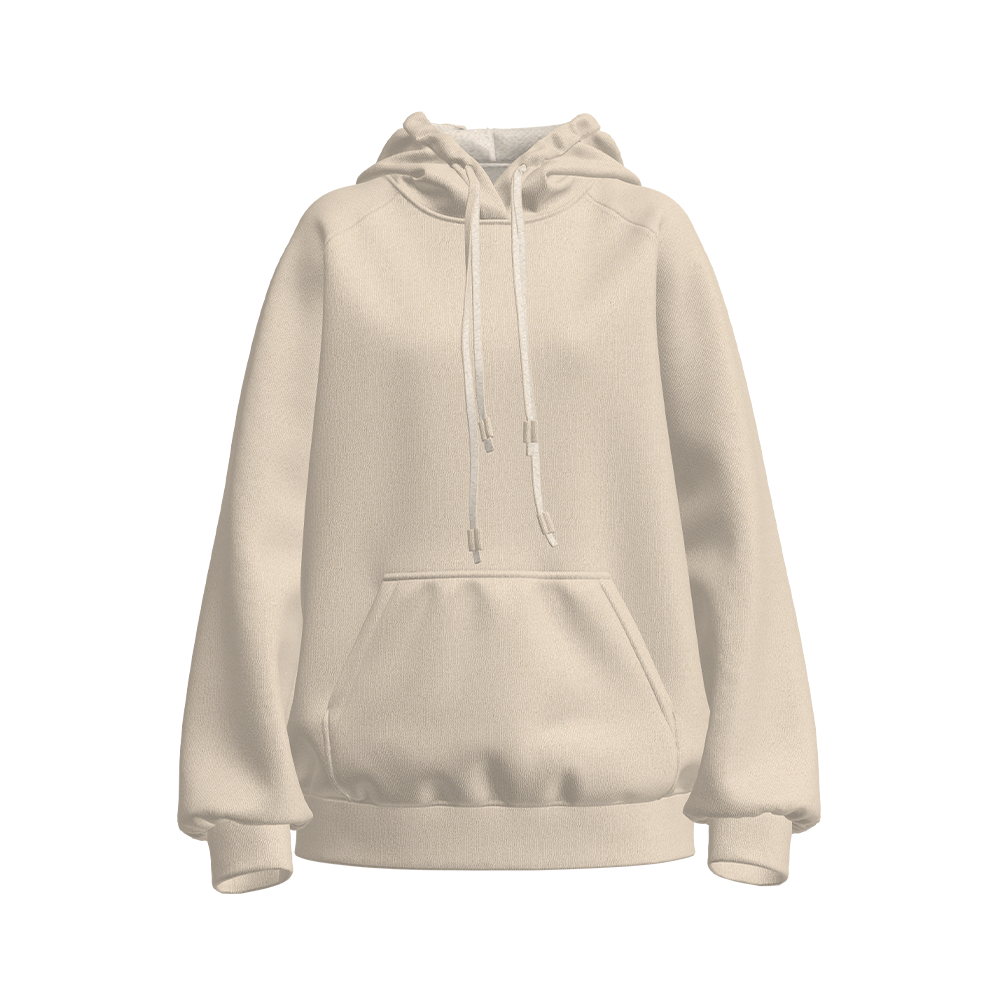


 +86-512-52528088
+86-512-52528088 +86-512-14546515
+86-512-14546515

